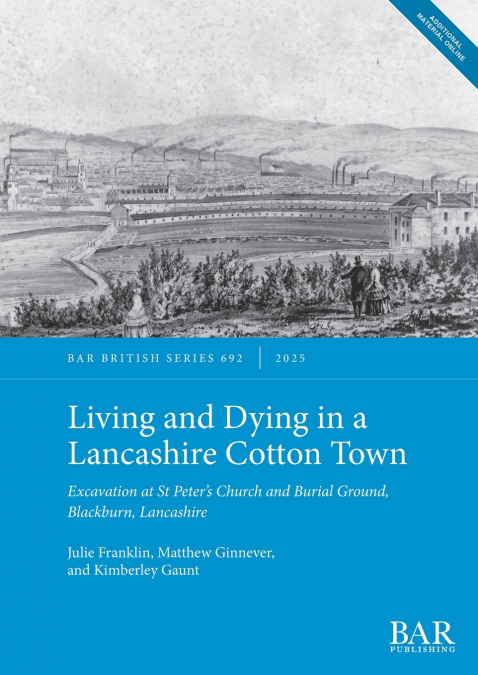
Julie Franklin / Kimberley Gaunt / Matthew Ginnever
In 2015, archaeological investigations by Headland Archaeology in Blackburn, Lancashire, uncovered the remains of the 19th-century St Peter’s church and a large part of its graveyard. The remains of nearly 2000 of Blackburn’s inhabitants were found, buried between 1821 and c 1860. This study of the archaeological, artefactual, and osteological remains sheds light on 19th-century Blackburn, a period where the town was at its peak as one of the industrial powerhouses of northern England. Complimentary historical research into the church and the lives of some of those buried there allow a glimpse of the human side of the industrial revolution. The resulting picture shows Blackburn as a place full of prosperity, pollution, poverty, and opportunity, as it rapidly expanded over the course of the century. As one of the first industrialised societies, it forged its own way of life. This book shows it also had a particularly distinctive way of death.